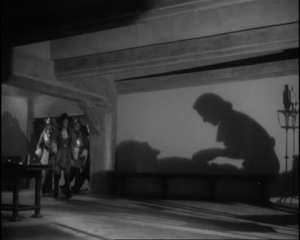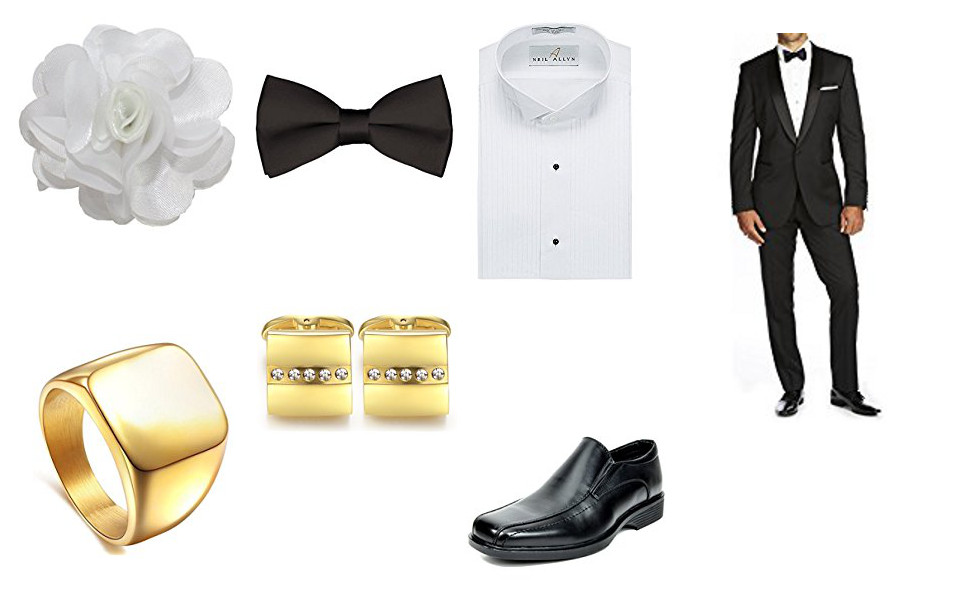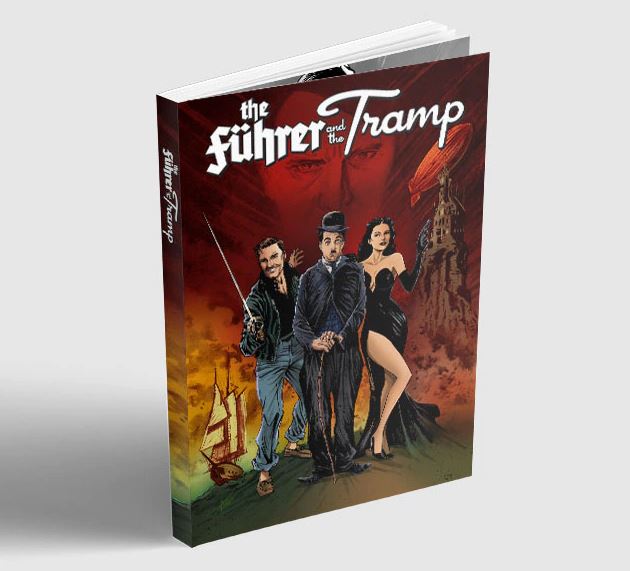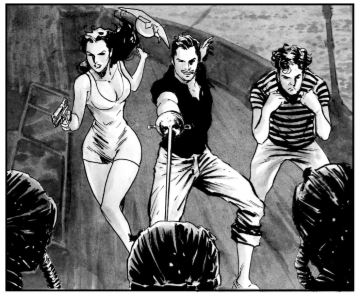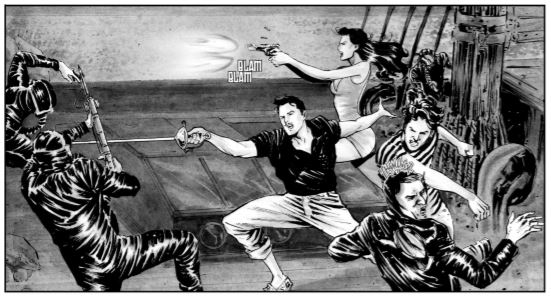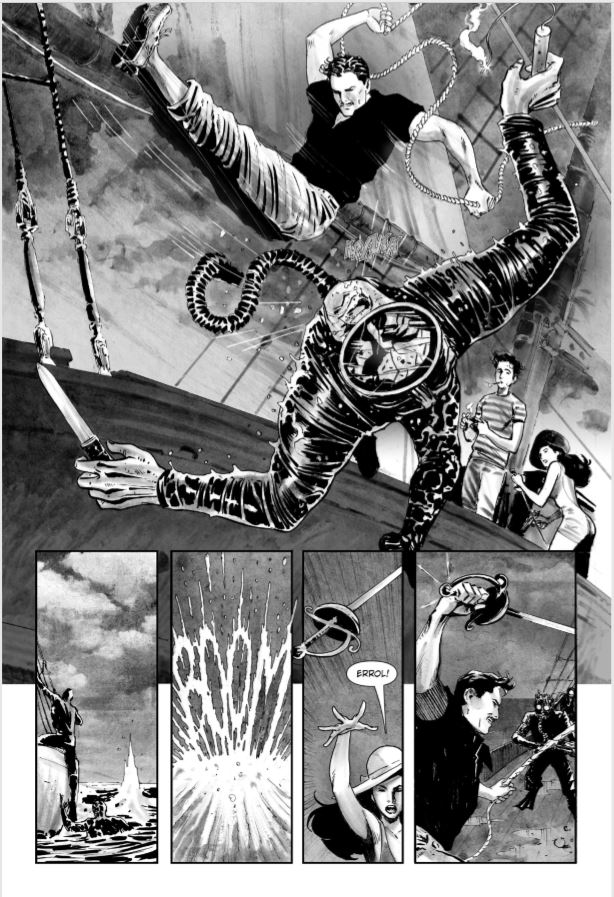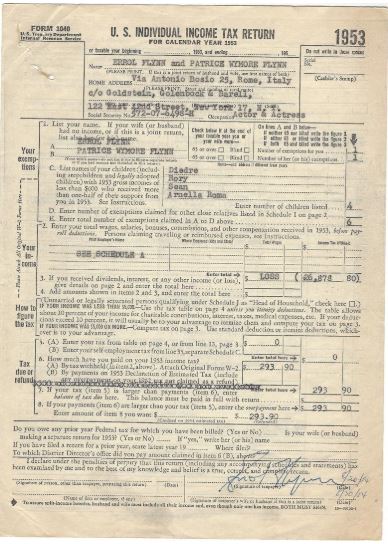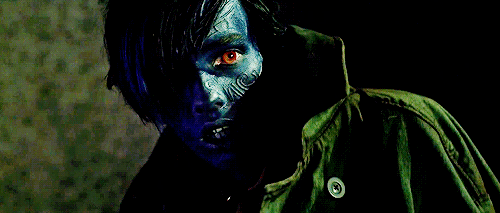I’d Like to Volunteer, Sir’
Just before parachuting into Nazi-occupied Europe, Fayette Richardson asked himself an existential question: “My God Most Powerful, what am I doing here?”
The thought had to be on the minds of myriad soldiers on June 6, 1944. It was D-Day, the launch of a long-awaited campaign by the U.S. and British armies to free the nations of Western Europe that Hitler had conquered.
Mounted from airfields and ports in Great Britain, it was the largest amphibious assault in history. Code-named Operation Overlord, it dramatically changed the course of World War II.
Seventy-five years later, the ranks have thinned of those who braved machine gun fire on French beaches that were marked on their maps with American names — Utah and Omaha. Richardson died in 2010. But fortunately for us and for future generations, he and other veterans kept diaries, wrote memoirs or recorded their recollections.
As a boy in Machias, N.Y., Richardson was fascinated by airplanes and war movies. At 17, he enlisted but didn’t qualify for pilot training. Instead, he was asked to join a parachute regiment’s Pathfinder team: those who jump first and guide those who follow. It was strictly voluntary, his commanding officer said.
“I think of Errol Flynn and how he and David Niven volunteered to do things in ‘Dawn Patrol,’ ” Richardson recalled. He told his commanding officer: “I’d like to volunteer, sir.”
www-chicagotribune-com.cdn.ampproject.org…
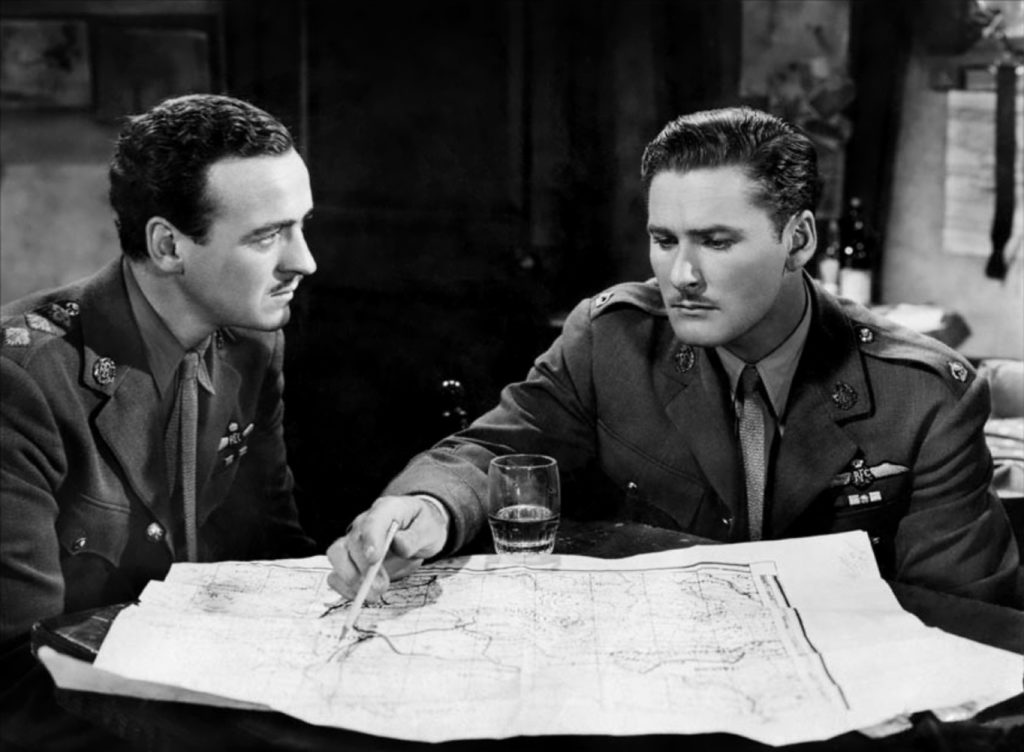
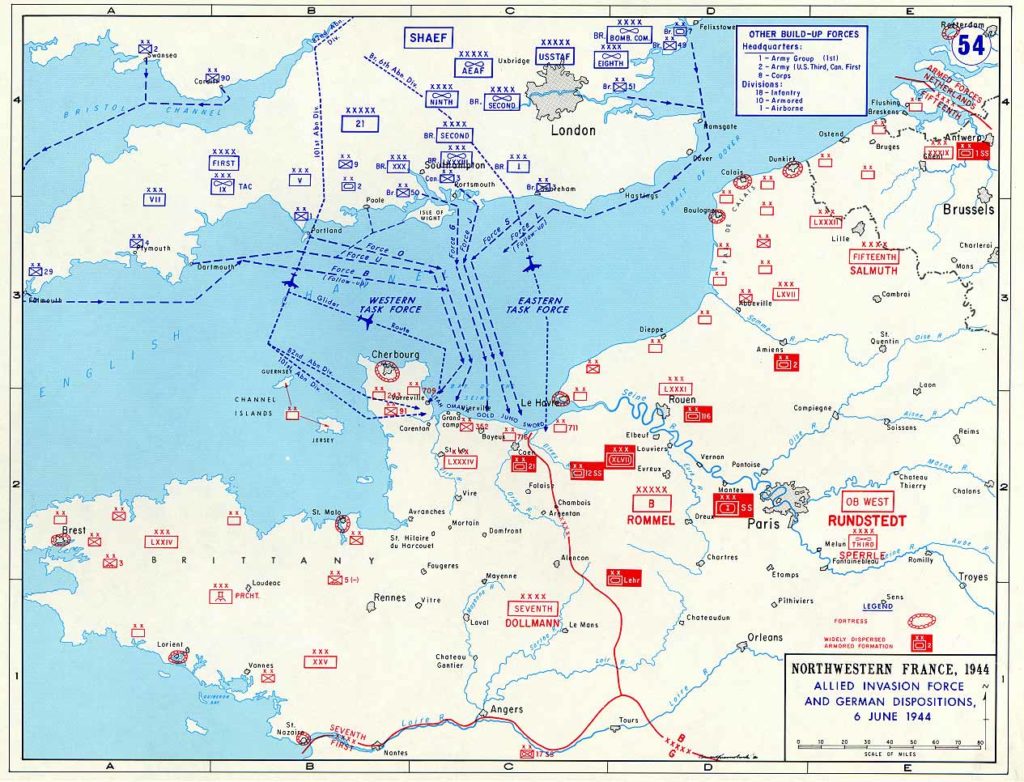
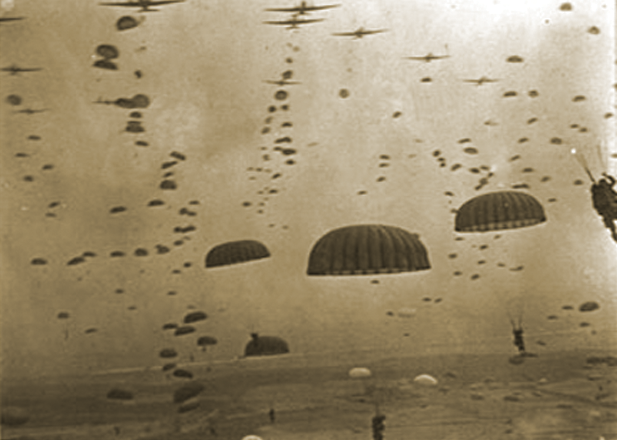
— Tim
